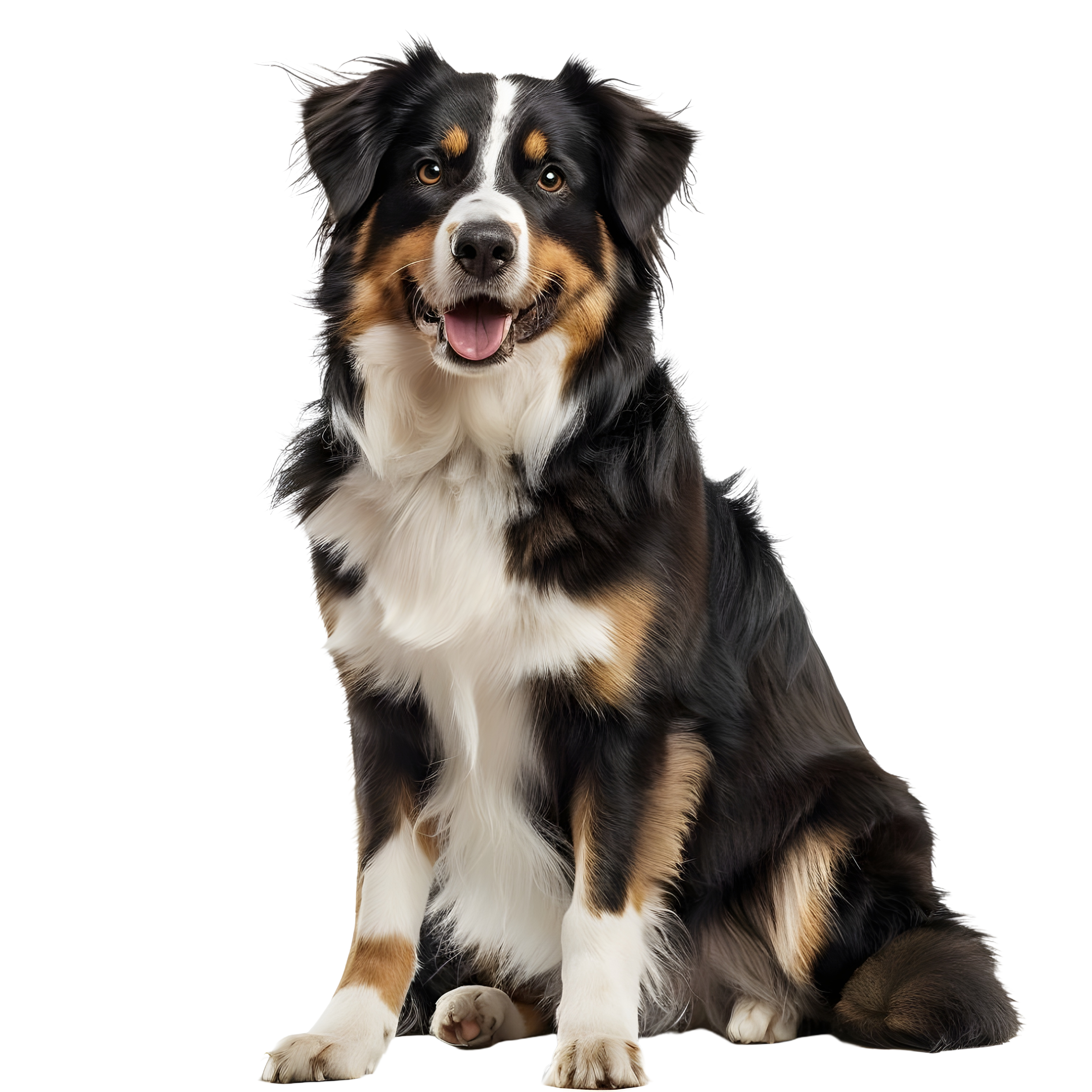Preparing to Adopt a Second Dog
According to the ASPCA, 3.3 million dogs enter into a shelter in the United States each year. It is understandable why families are adding second or even third dogs into their families. Along with the want to help dogs in need, families want to add an additional forever pet for companionship. Adopting your first dog is a difficult task, but adding a second to the mix is a whole new ball game. It’s easy to want a second snuggle partner, but are you taking the correct steps to ensure a happy and safe home for all? Here are five steps to prepare your home for a second dog:
-
Research/Evaluate your dog
I know the excitement of just thinking about adding another dog to the family, but you must think about your current pal. Is he/she compatible with other dogs? Do they play better with big or small dogs? Finding out what works for your dog is the first priority to ensure success. If your dog gets snippy or agitated with others, maybe it’s not the best time to adopt.
-
Meet & Greet
Once you have decided Fido is ready for a new pal, it is time to have the two meet! I spoke with Animal Behavior & Training Manager, Gina Doyle, about the initial meet and greet between two dogs. With over 10 years of training experience, Gina does not recommend you conduct the first meet on your own. She says, “When introducing two or more dogs to one another, always do it under the guidance of a professional or trainer to ensure everything goes smoothly.” It’s important to not force anything and be prepared if issues do arise, and remember you are not alone! I asked Gina if she had any tips for our readers and she said, “Reach out to a professional trainer when you need help. Don’t ever be afraid to ask for help when things aren’t going as planned, it doesn’t mean it can’t be fixed!” Be sure to ask the shelter or breeder about their meeting procedures.
-
Prepare your home
You are getting a second doggy, yay! Now it’s time to make sure your home is ready and prepared. Get separate food and water bowls, beds, toys, leashes, and begin visualizing separate areas of the house.
-
Separate but equal
As mentioned in my last section, it is imperative to give space to both canines. Food dishes need to be separated and toys need to be equally distributed. For the first several weeks, try to keep the dogs separated to allow the new dog to get used to the new surroundings and the original dog feels comfortable in its space. If you work all day, I would keep the dogs in separate rooms until someone is home to monitor. The key here is to provide neutral safe zones so food isn’t being stolen or territories aren’t too close causing possible friction between the two.
-
Assess and monitor the situation
Continue to monitor the pups, once they begin getting used to each other, then you can slowly bring them in the same room during the day while you’re at work. I interviewed someone who went through the transition of adding a pup and wanted to share her success story. Melissa from the Chicagoland area wanted to add a second pup to the mix to keep her dog Nellie company while she worked her full-time job. Melissa added Walter to the family about month ago. She followed above steps to ensure both Nellie and Walter are happy as a clam. At this point, they are now cuddling together!  Sometimes a miracle occurs and your dogs are perfect matches! My dog Mia met her new friend Hailey, and they quickly became the best of friends. Mia even sleeps next to Hailey’s crate! Sometimes dogs do not need to go through all phases, but it is important to continue keeping certain things equal but separate such as food and toys.
Sometimes a miracle occurs and your dogs are perfect matches! My dog Mia met her new friend Hailey, and they quickly became the best of friends. Mia even sleeps next to Hailey’s crate! Sometimes dogs do not need to go through all phases, but it is important to continue keeping certain things equal but separate such as food and toys.
Please share your photos of your dog and his/her new companion and tag us on Facebook or Instagram!
#SparkySteps #Adopting #furfamily #multipledogs #dogs #dogtraining
Written by Kathryn Minniti


